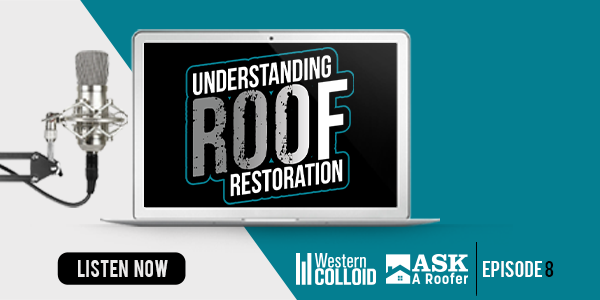What’s your roof really costing you?
October 25, 2025 at 6:00 a.m.By Mohammed Abdalla, Good Faith Energy.
Before your insurer steps in, your deductible is your first investment in getting your roof back in good shape.
When disaster strikes your roof, whether from hail, wind or time itself, the first number that matters isn’t the repair bill. It’s your deductible. That figure buried in your homeowners insurance policy can mean the difference between a manageable out-of-pocket cost and a financial gut punch. Yet most homeowners don’t know what they’ll owe until the damage is done. At Good Faith Energy, we believe that understanding how deductibles work and how much you’re likely to pay can save you from sticker shock when your roof is on the line.
What exactly is a deductible?
If you’re a first-time homeowner, you might not have heard about a deductible before. The idea is simple – a roof insurance deductible is what you have to pay out-of-pocket before your insurer covers the rest of the costs for a new roof or repairs.
For example, if your deductible is $1,500 and you have to pay $4,000 for repairs, you’ll first have to cover the $1,500. Only after that will the insurance company pay the remaining amount.
Factors affecting the deductible
Most roof insurance deductibles come in two types:
- Flat dollar deductible: This means your deductible is a fixed amount, typically ranging from $500 to $2,500. This type of insurance is more commonly offered in states with lower weather risks.
- Percentage-based deductible: In this case, a deductible for a roof is based on your home’s insured value, typically from 1% to 5%. This is a great option for high-value properties. However, sometimes it may lead to higher out-of-pocket costs.
As mentioned earlier, your property’s location and climate can significantly impact your deductible. If your home is set in an area with frequent hurricanes, hail or snowstorms, which may require more often repairs, you’ll probably have a higher deductible. The same goes for coastal regions. If your roof requires wind-resistant materials (which can be costly), you may have to pay more.
In some cases, you might find that deductibles for homes in cities are smaller than those for properties in rural areas. That’s because urban areas usually have greater contractor availability.
What does home insurance cover?
From unexpected storms to broken trees, roof damage often occurs when you least expect it. The good news is that home insurance usually covers unexpected roof issues, including leaks. However, there may be instances when you have to pay for the work out of your own pocket. This typically occurs when the insurer determines that an insured event caused the damage, but your roof was actually already in poor condition.
That’s why it’s so important to keep all records and proof of any repairs or maintenance you’ve done to keep your roof in tip-top shape.
Likewise, your insurer won’t help with a replacement or repairs due to wear and tear problems (such as shingle curling, fading or cracking). It’s also common for flood and earthquake damage not to be included in standard policies. If your home is located in an area where extreme weather events are highly possible, it’s a good idea to look for specialized insurance.
Don’t forget about extras
When planning your budget, you should remember that deductibles don’t count toward extras that your insurer doesn’t cover. Let’s say your insurer has agreed to pay for your roof replacement. Typically, the adjuster will offer a price based on the type of roofing you previously had.
So, suppose your old roof had 3-tab asphalt shingles and you’d like to choose a different material for your new roof, for instance, architectural shingles, you’ll have to pay the difference (in addition to your deductible).
Remember to review your insurance policy
As you can see, navigating roof repairs and replacements can be quite confusing. That’s why it’s so important to review your insurance policy and carefully read through what it will cover and what it won’t. Some homeowners make the mistake of filing a claim before checking if there’s any basis for it. This only wastes your time and energy!
Recap: What is the average deductible for a new roof
Having a roof over your head is the foundation of feeling secure and at home. But, unfortunately, like other structural elements of your property, your roof won’t last you forever.
Home insurance can protect homeowners in the event their home is damaged by an unexpected event. However, it’s crucial to remember that you’ll still be responsible for paying your deductible before coverage kicks in. This amount can significantly impact your out-of-pocket costs and should always be factored into your financial planning.
Original article and photo source: Good Faith Energy
Learn more about Good Faith Energy in their Coffee Shop Directory or visit www.goodfaithenergy.com.














Comments
Leave a Reply
Have an account? Login to leave a comment!
Sign In